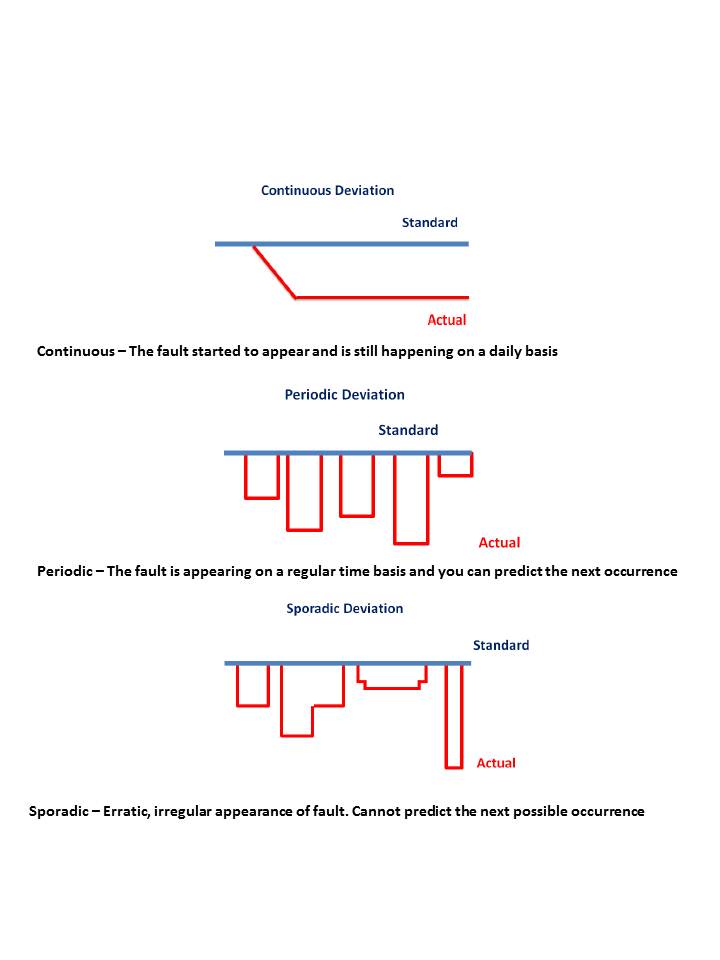“The problems are solved, not by giving new information, but by arranging what we have known all along.”
Ludwig Wittgenstein Philosopher (1889 – 1951)
As we approach more complex problems to solve we acknowledge that we cannot provide all the information ourselves to work through the required processes.
To ensure we concentrate on the identified core issues it is critical that we look to find the key personnel involved in the product or process, this should ensure that no important issues or challenges are overlooked. Involving people who know about the problem instead of trying to solve it yourself is a non-negotiable requirement in managing an incident or solving a problem.
Like so many examples today there are 10 questions we need to ask and obviously as they are mainly about people most of them are going to start with WHO. This is not a signal to call in all the people you know within the organisation, quite the opposite. To qualify to join this elite group you first have to recognise what you need to know, then assemble the group of experts who have the specific information you require – Think answers not personalities
1. Who is the best person to provide specific information about the problem and fault?
This is usually going to be someone close to the problem, not necessarily the most senior staff member but someone who is operationally involved. Hopefully someone who has a vested interest in providing a solution that will enhance both their job and their role in the organisation.
2. Who do we need to consult about the location and timing of the incident/problem?
The location in this case refers to the geographical location and the actual recorded time. In some situations you may be dealing with a number of locations within an installation or within a region. It is important that this is recognised and only the specific personnel consulted from that location and would have been “on shift” at the time the problem was recognised.
3. Who do we need to consult about the specific pattern of occurrences relating to the problem
The specific pattern in terms of how we might recognise the behaviour of the problem. This information needs to be sourced from someone who works close to the where the problem has occurred. They may be an operator or researcher but they will be up to date in terms of the circumstances and the equipment
The fault may prove to be continuous, periodic or sporadic; hopefully the graphic below clarifies what is meant by this!
Specific Pattern of Occurrences [1]

4. Who would best explain the “objects” process and phases of operation?
Process and phases relate to the exact point in the appropriate sequence of events when the fault was first noticed, if possible try to get the person who was first to recognise the fault.
5. Who do we need at the RCA (Root Cause Analysis) meeting that would make decisions about the outcome?
We need a personality who is respected and will make a decision based on the collected evidence and the proven outcomes. A personality who will not be swayed by the other attendees around the table and who will base their decision on the proven and tested solution that offers a speedy, accurate and permanent solution.
6. Who will provide the necessary statistics, diagrams and graphs?
Today with the recording systems and the data logging that occurs within every organisation it should not be too difficult to locate someone who can resurrect the relevant data
7. Who is working with the actual fault on a continuous basis?
Once again it cannot be stressed enough that the correct object and fault must be identified at the beginning of the exercise and given in the Problem Statement , if this is incorrect the whole exercise is futile and the wrong participants will have been selected
8. Who do we need from the other SILO areas that would be able to contribute?
Personnel will only need to be involved if they are affected by the problem or will be affected by the outcome of the decision don’t include personalities because they had been a worthwhile contributor on previous occasions
9. Is a vendor involved and do they need to be there?
Dependant on the scale or complexity of the situation it is usually a wise move to include the vendor but this may be determined by the sensitivity of the issue. Their inclusion may be deemed necessary on the basis that they may need to implement the resolution to ensure success
10. Do we need a facilitator to help us with the questioning process?
The role of the facilitator should not be underestimated, whether they are from within the organisation or a consultant from outside. They need to play a guiding role but this should be tempered by non-interference. They should be familiar and skilled in managing the process and in recognising and limiting the roles of the players addressing the problem.
When this part of the process has been followed by the team they will realise that they are able to think and work together talking about the same things at the same time and thinking in tune. A common procedure and checklist of steps will remind everyone what questions to ask and what information to gather.
“You are asking people to cooperate with you and share what they know about a specific problem and to work with you as equals for this purpose, regardless of their status in the company and their job titles. You are asking them to share because they are qualified by knowledge and experience and are your peers with respect to this problem. You are asking for the participation of their knowledge and nothing more” [2]
Thinking Dimensions UK
[1] Kepner and Fourie – Root Cause Analysis for IT Professionals
[2] Charles H Kepner and Hirotsugo Iikubo – Managing Beyond the Ordinary



